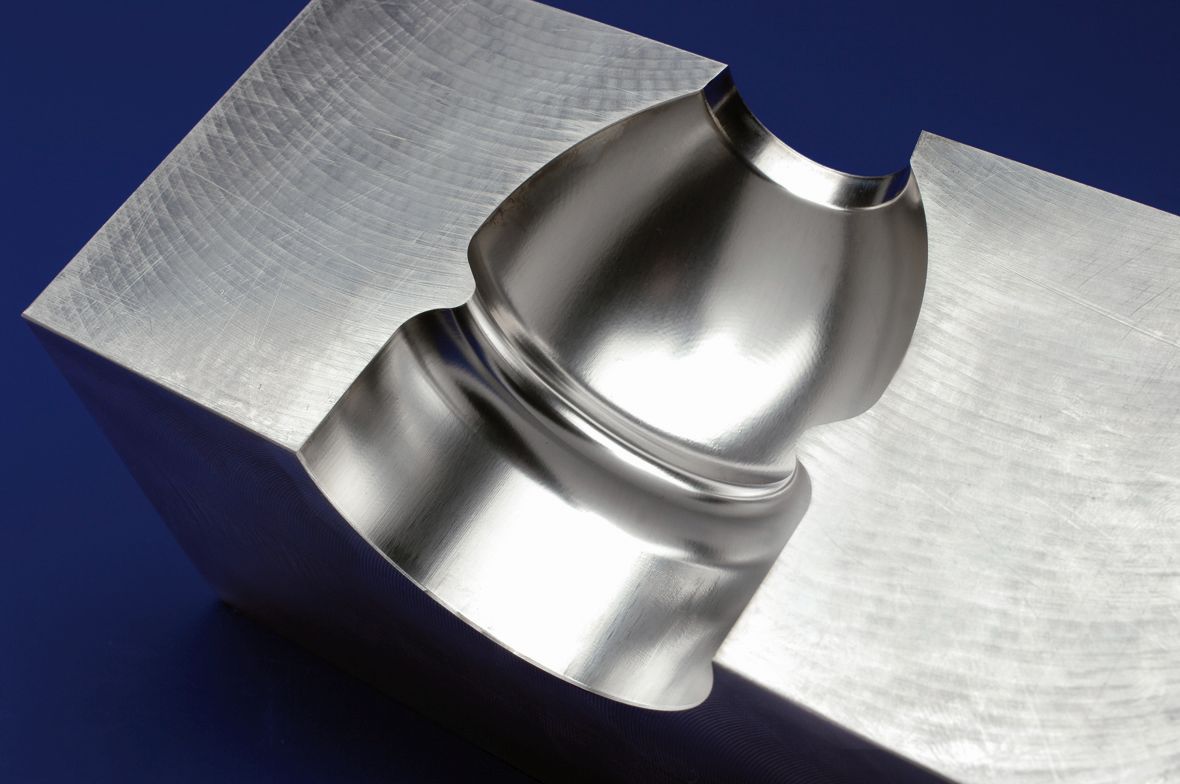In 2014, Fraunhofer ILT hosted the first “Conference on Laser Polishing – LaP” to exchange research results in an international setting. Since then, the English-language event has become a meeting place for laser polishing experts from all over the world. “In the past we had many participants from Asia and America,” states Dr. Edgar Willenborg, who heads a research team at Fraunhofer ILT with seven scientists who are intensively involved in laser-based deburring and polishing. “That is why the virtual conference starts at 1:30 p.m. on both days, which is in the evening for Asia and in the morning for America. We found that 1:30 p.m. to 4:30 p.m. was the only reasonable time frame for an international online conference.”
Problem case of “subsurface damage” solved
A glance at the program reveals its scientific character: Of the ten lectures in total, all are scientific, with nine of them focusing on the laser polishing of metals. “But there will also be a lecture on laser polishing of glass optics,” explains Willenborg. “This is a real highlight: On September 16 starting at 2:50 p.m., there will be a detailed examination of how lasers can be used to eliminate “subsurface damage” of optical glasses.” These small micro cracks are created when grinding glass, and can be reliably removed by laser polishing.
The final touches for 3D components and tools
The second conference afternoon starts with two highlights in the laser polishing of metallic components. On the one hand, Chinese scientists will demonstrate at 1:40 p.m. how near-surface porosity of metal components manufactured additively can be removed. On the other hand, the second lecture at 2:15 p.m. will deal with how tool steel can be optimally laser polished with the help of a permanent magnetic field.
 Fraunhofer Institute for Laser Technology ILT
Fraunhofer Institute for Laser Technology ILT